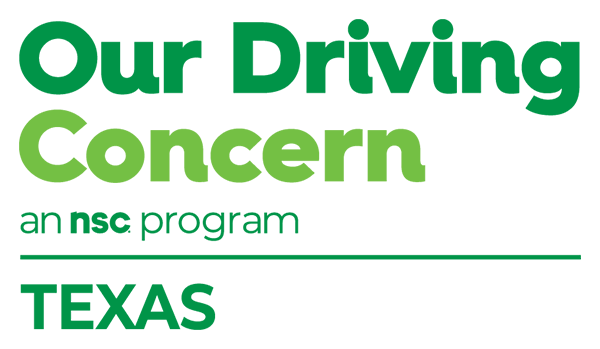6 Steps to Safe Driving
Even the best motivational experts admit changing habits is harder than it seems. Getting employees to increase their safe-driving behaviors takes time, patience, commitment and measurement. We recommend bringing multiple employees and leaders to the table at all levels of an improvement plan.
Let’s begin the new year with a six-point plan to positively change driver behavior:
- Start small: Write down the issue or issues you’re trying to tackle. Maybe it’s distracted driving or employee seat belt use.
- Make a plan: Do you have a safe driving policy at your workplace? Is it time to update that policy? Do you need help building a policy? Take this free template and drop it on your own company letterhead. Explain how policies that address driver behavior align with core values at your workplace. Build in enforcement measures to ensure everyone adheres to your driver safety policies.
- Identify obstacles: What stands in the way of positive change? Are employees expected to take calls or answer emails while on the road? Are drivers in and out of their vehicles so often they forget to buckle up? Do employees express concern about others driving aggressively? Share the Co-Pilot’s Rights as a part of a discussion on being a responsible passenger.
- Talk with others about why you are prioritizing road safety: Some obvious examples might be to reduce crashes and injuries, or to cut down on crash costs. What else? Refer to data you have collected to show this is an informed decision. Check out Employers: Your Return on Investment.
- Launch a 30-day challenge: Ask employees to double-down on safety. Be specific about what you are challenging them to do, like fasten their seat belts and silence their phones when driving – on and off the job. If they’re on the road for work, encourage them to set up times to pull over and check work-related messages. Be sure employees communicate to their callers why they no longer are accepting calls while they drive.
- Gauge results after the 30-day challenge. Listen to the stories, assess next steps based on these stories and observations, and plan ahead! The Our Driving Concern Texas Employer Traffic Safety Awards are a great goal to create a more far-reaching plan from the successes you started during your 30-day challenge momentum. Learn from other award recipients, and aim high so you can showcase best practices for others.
Crashes and near misses can change lives. Help employees create personal habits that allow them to live their best lives. Safety is personal.

Building Blocks
Perceived norms can influence choices to engage or not engage in risky driving behaviors: The boss doesn’t buckle up, why should I? Or, I’ll just take this one call from a co-worker, no big deal.
Hold it right there. A successful transportation safety culture can have a major impact on employee decision-making.
Learn how to build – or improve upon – your safety culture during our next free online training session. Click this link and join us Tuesday, Jan. 25: Transportation Safety: Changing Norms and Decreasing Risk.
During the 30-minute session, Senior Program Manager Cindy Leonard will discuss how behavior changes by changing habits. She also will identify strategies that can lead to safer employee driving practices.

